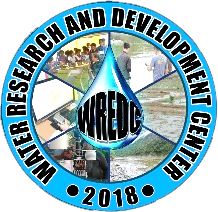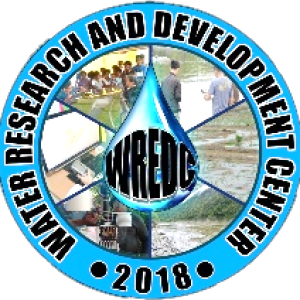The Philippines now has the second lowest supply of water per capita in the ASEAN region despite abundant rainfall due to poor infrastructure and management (NEDA-PIDS, 2015).
The quality of water resources has been increasingly subjected to pollution from untreated sewage, industrial wastes, livestock wastes, agro-chemicals, and sediments that end up in water bodies and aquatic ecosystems, reducing the effective supply of water to meet the different types of water demands (Chico River Report, 2004).
The two main causes why Cagayan Valley remains underdeveloped are: 1) inundations at the tributaries and flood plains with great loss of lives and properties; 2) water inadequacies in irrigation and domestic water supply affecting both the local and national economies (Cagayan River Master Plan, 2013).
Thereby, a University-based water center is needed to lead collaborative R&D/E efforts among NGAs, academe, private, NGO and other stakeholders in the sector.






 Users Today : 8
Users Today : 8 This Year : 450
This Year : 450 Total Users : 1335
Total Users : 1335 Views Today : 16
Views Today : 16